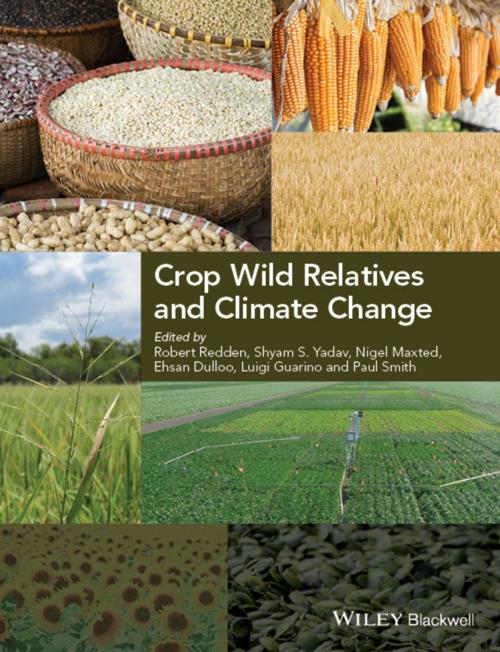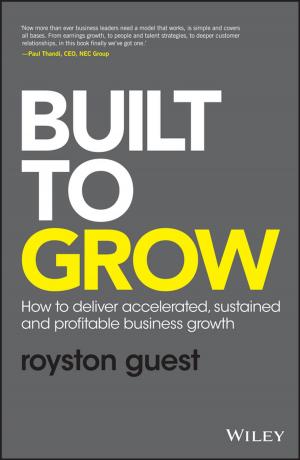| Author: | ISBN: | 9781118854273 | |
| Publisher: | Wiley | Publication: | July 9, 2015 |
| Imprint: | Wiley-Blackwell | Language: | English |
| Author: | |
| ISBN: | 9781118854273 |
| Publisher: | Wiley |
| Publication: | July 9, 2015 |
| Imprint: | Wiley-Blackwell |
| Language: | English |
Two major challenges to continued global food security are the ever increasing demand for food products, and the unprecedented abiotic stresses that crops face due to climate change.Wild relatives of domesticated crops serve as a reservoir of genetic material, with the potential to be used to develop new, improved varieties of crops. Crop Wild Relative and Climate Change integrates crop evolution, breeding technologies and biotechnologies, improved practices and sustainable approaches while exploring the role wild relatives could play in increasing agricultural output.
Crop Wild Relative and Climate Change begins with overviews of the impacts of climate change on growing environments and the challenges that agricultural production face in coming years and decades. Chapters then explore crop evolution and the potential for crop wild relatives to contribute novel genetic resources to the breeding of more resilient and productive crops. Breeding technologies and biotechnological advances that are being used to incorporate key genetic traits of wild relatives into crop varieties are also covered. There is also a valuable discussion on the importance of conserving genetic resources to ensure continued successful crop production.
A timely resource, Crop Wild Relative and Climate Change will be an invaluable resource for the crop science community for years to come.
Two major challenges to continued global food security are the ever increasing demand for food products, and the unprecedented abiotic stresses that crops face due to climate change.Wild relatives of domesticated crops serve as a reservoir of genetic material, with the potential to be used to develop new, improved varieties of crops. Crop Wild Relative and Climate Change integrates crop evolution, breeding technologies and biotechnologies, improved practices and sustainable approaches while exploring the role wild relatives could play in increasing agricultural output.
Crop Wild Relative and Climate Change begins with overviews of the impacts of climate change on growing environments and the challenges that agricultural production face in coming years and decades. Chapters then explore crop evolution and the potential for crop wild relatives to contribute novel genetic resources to the breeding of more resilient and productive crops. Breeding technologies and biotechnological advances that are being used to incorporate key genetic traits of wild relatives into crop varieties are also covered. There is also a valuable discussion on the importance of conserving genetic resources to ensure continued successful crop production.
A timely resource, Crop Wild Relative and Climate Change will be an invaluable resource for the crop science community for years to come.















